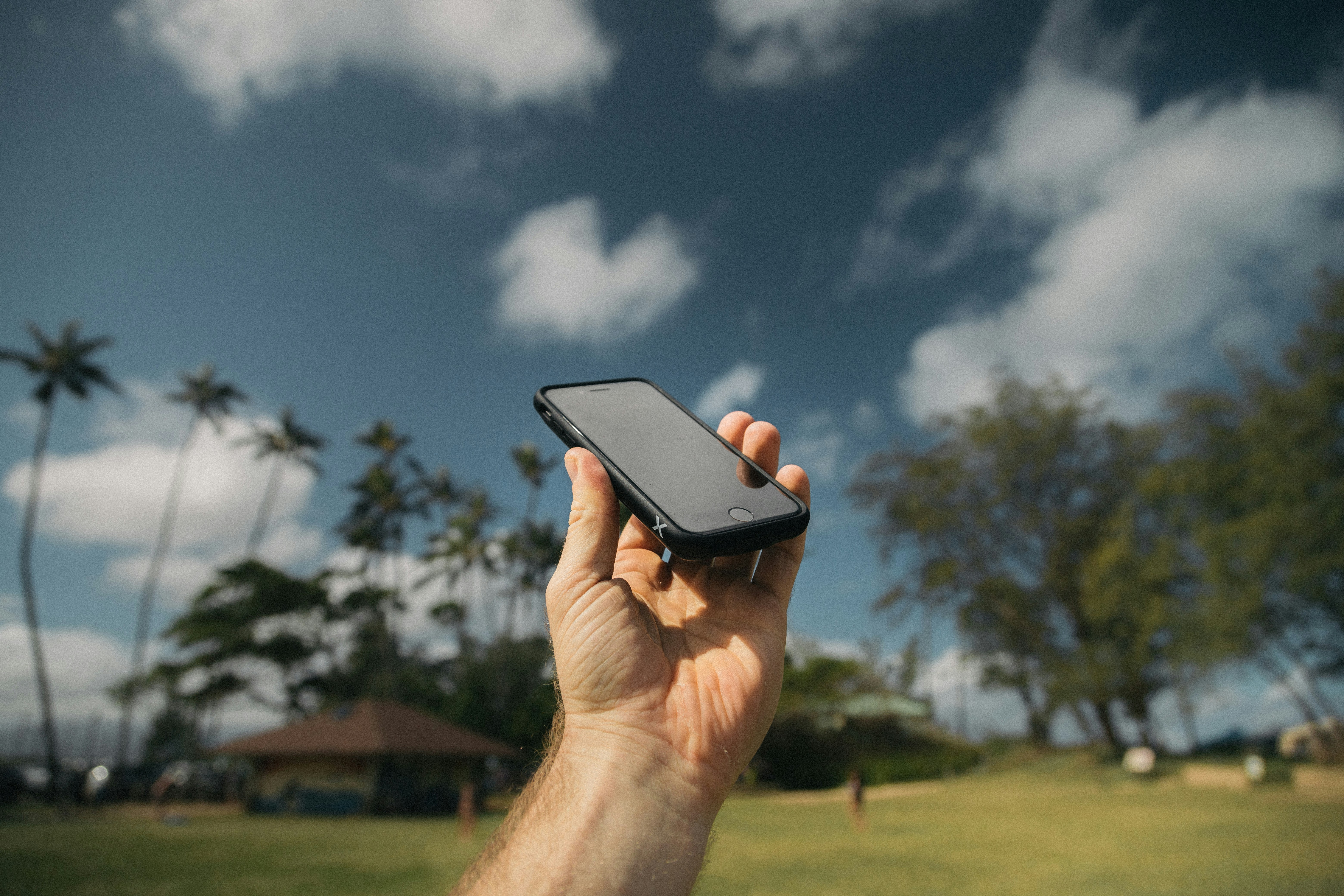Wireless Charging Technology
As we continue to integrate technology into our daily lives, one innovation is making a significant impact - wireless charging. This technology is poised to revolutionize how we power our devices, offering convenience and efficiency. Read below to discover how wireless charging is shaping our tech-driven world.

The Rise of Wireless Charging
Wireless charging has been around for a while, but recent advances have brought it to the forefront of technology trends. It uses electromagnetic fields to transfer energy between two objects, eliminating the need for cords. This technology is now being incorporated into a wide range of devices, from smartphones to electric cars, promising to make our lives easier and more efficient.
The Mechanics of Wireless Charging
Wireless charging works through a process called electromagnetic induction. A charging station sends an alternating current through a coil, which creates a magnetic field. When a device with a compatible coil is placed on the station, the magnetic field induces a current in the device’s coil, charging its battery. This technology allows for seamless charging, reducing the wear and tear associated with plugging and unplugging devices.
The Benefits of Wireless Charging
Wireless charging offers several benefits. It eliminates the need for multiple chargers and cables, reducing clutter and making it easier to charge multiple devices at once. It also allows for more flexibility in where and how devices can be charged. Furthermore, as the technology improves, wireless charging is becoming faster and more efficient, making it a viable alternative to traditional charging methods.
The Future of Wireless Charging
The future of wireless charging is promising. As technology continues to evolve, we can expect to see improvements in efficiency and speed. There is also potential for wireless charging to be incorporated into more public spaces, such as cafes and airports, making it even more convenient to keep our devices charged. Additionally, as more devices become compatible with wireless charging, it could become the standard method of charging.
The Challenges of Wireless Charging
Despite its many benefits, wireless charging still has some challenges to overcome. Currently, it is not as fast as wired charging, and not all devices are compatible with it. There are also concerns about energy wastage, as wireless charging is less efficient than wired charging. However, as technology advances, these issues are likely to be addressed.
- Wireless charging uses electromagnetic fields to transfer energy between two objects.
- It eliminates the need for cords and cables, reducing clutter and enabling the charging of multiple devices at once.
- The technology is being incorporated into a wide range of devices, from smartphones to electric cars.
- The future of wireless charging is promising, with potential improvements in efficiency and speed, and wider public availability.
- Current challenges include slower charging speeds compared to wired charging, limited device compatibility, and energy wastage.
In conclusion, wireless charging is a game-changing technology that is set to transform the way we power our devices. While there are still some challenges to overcome, the benefits of convenience, efficiency, and reduced clutter make it a compelling option. As technology continues to advance, we can look forward to a future where our devices are always charged and ready to go, no cords required.




